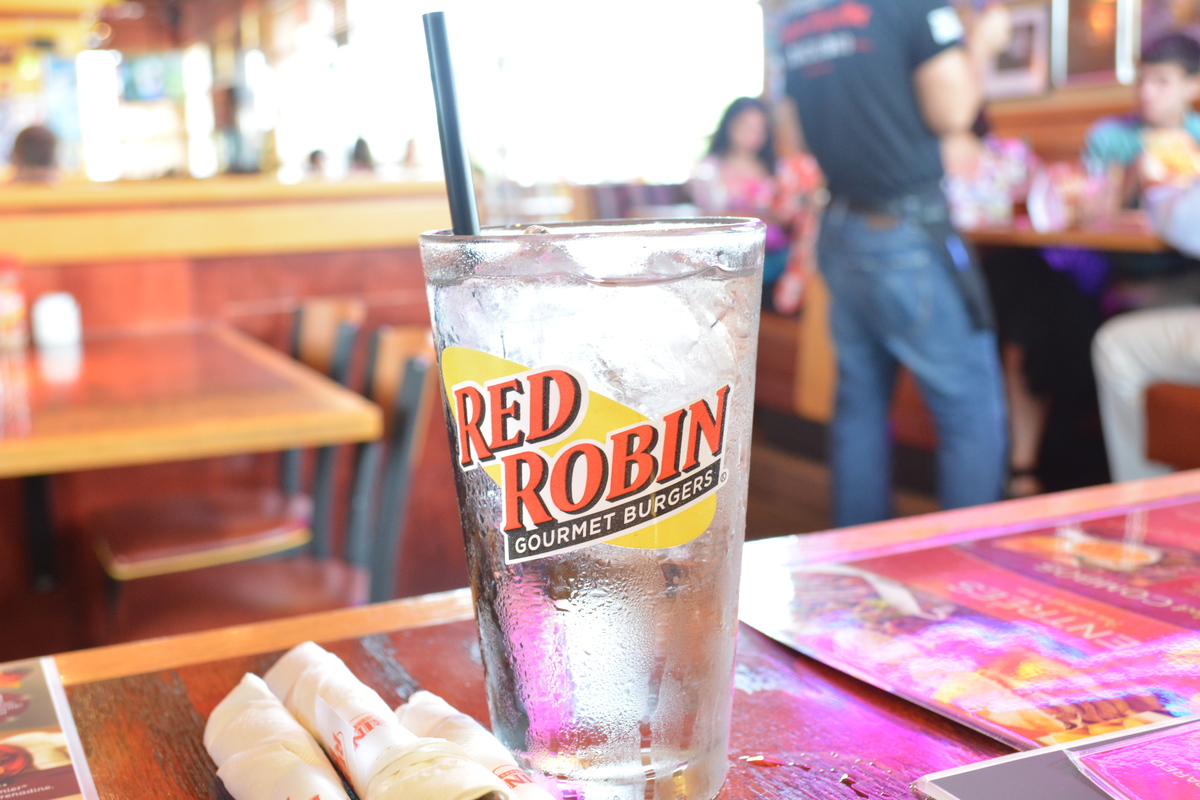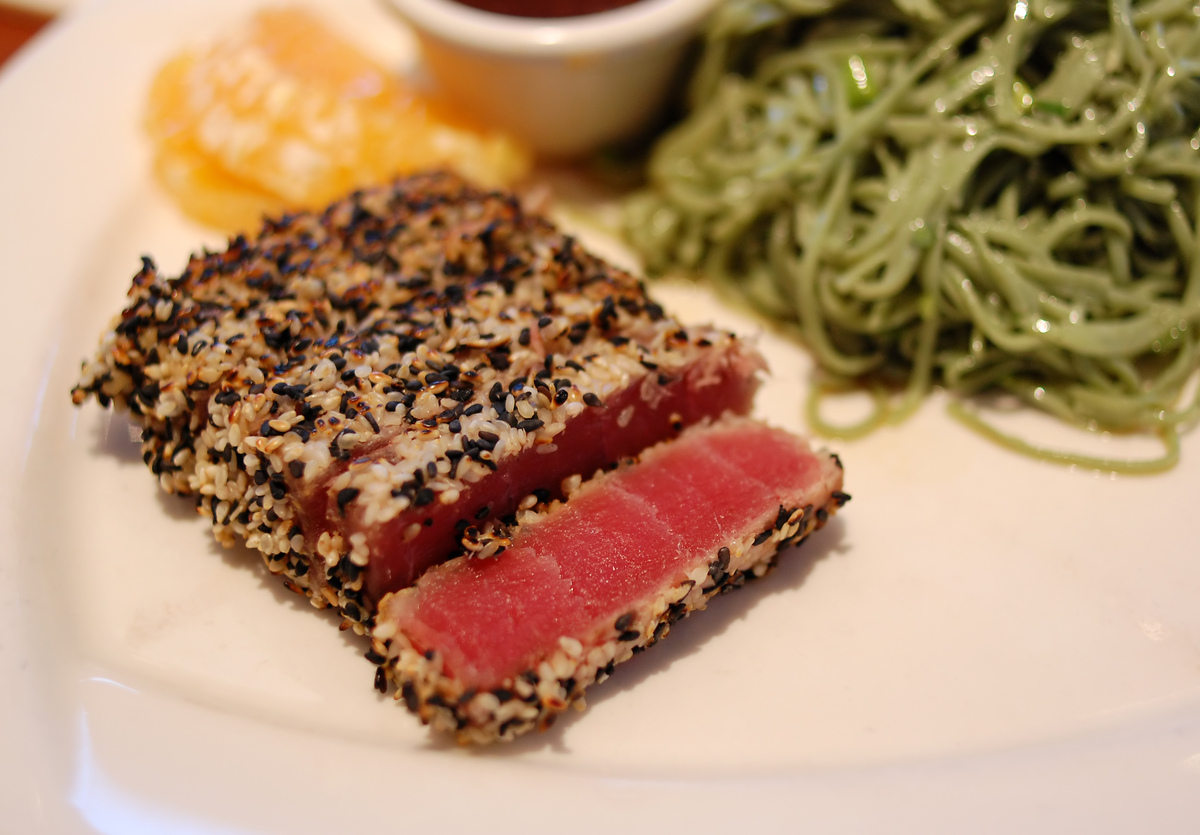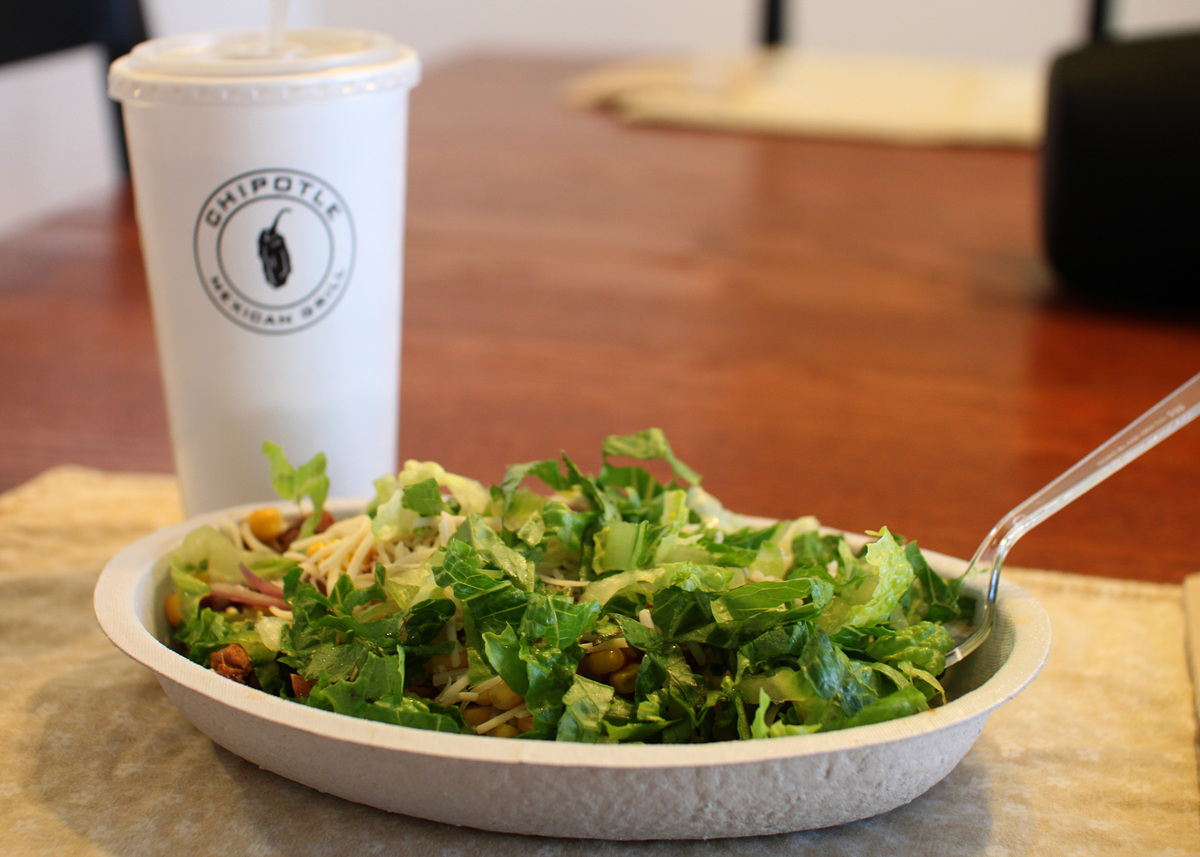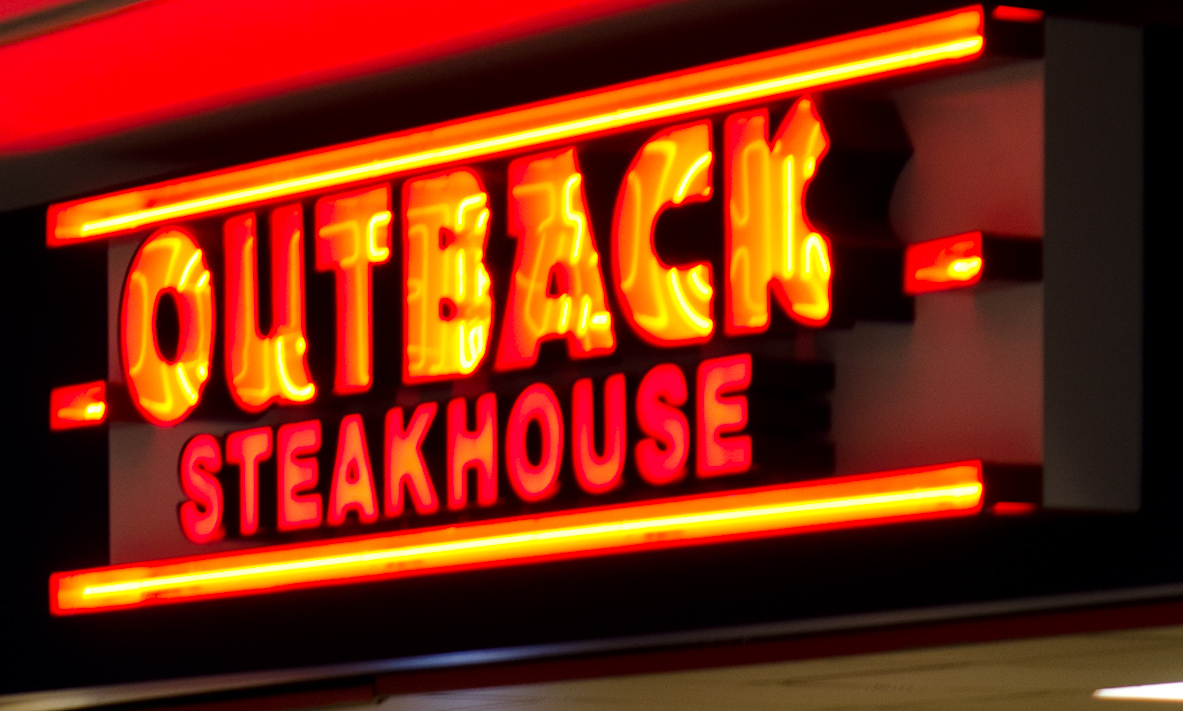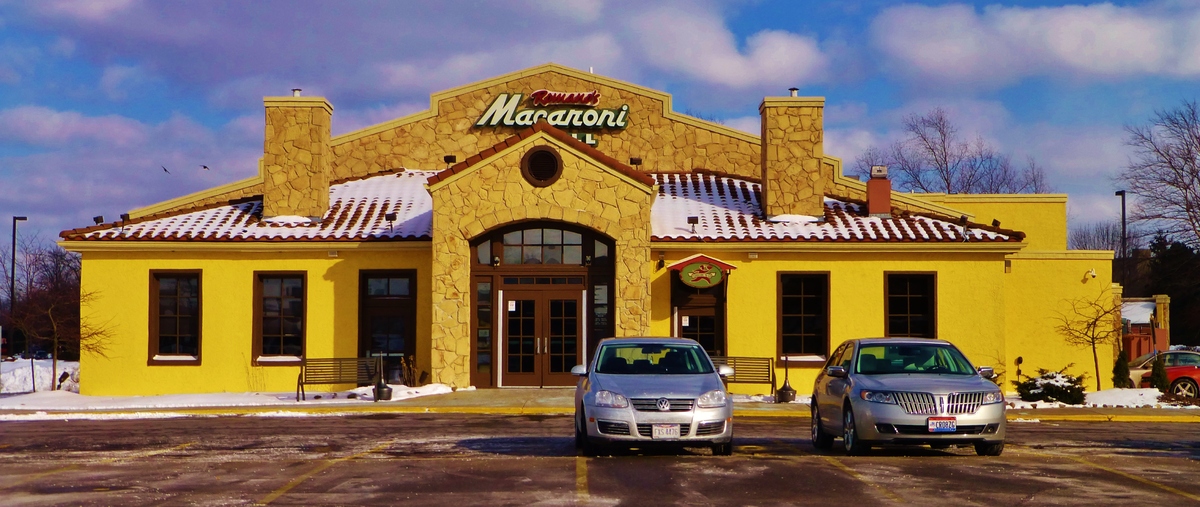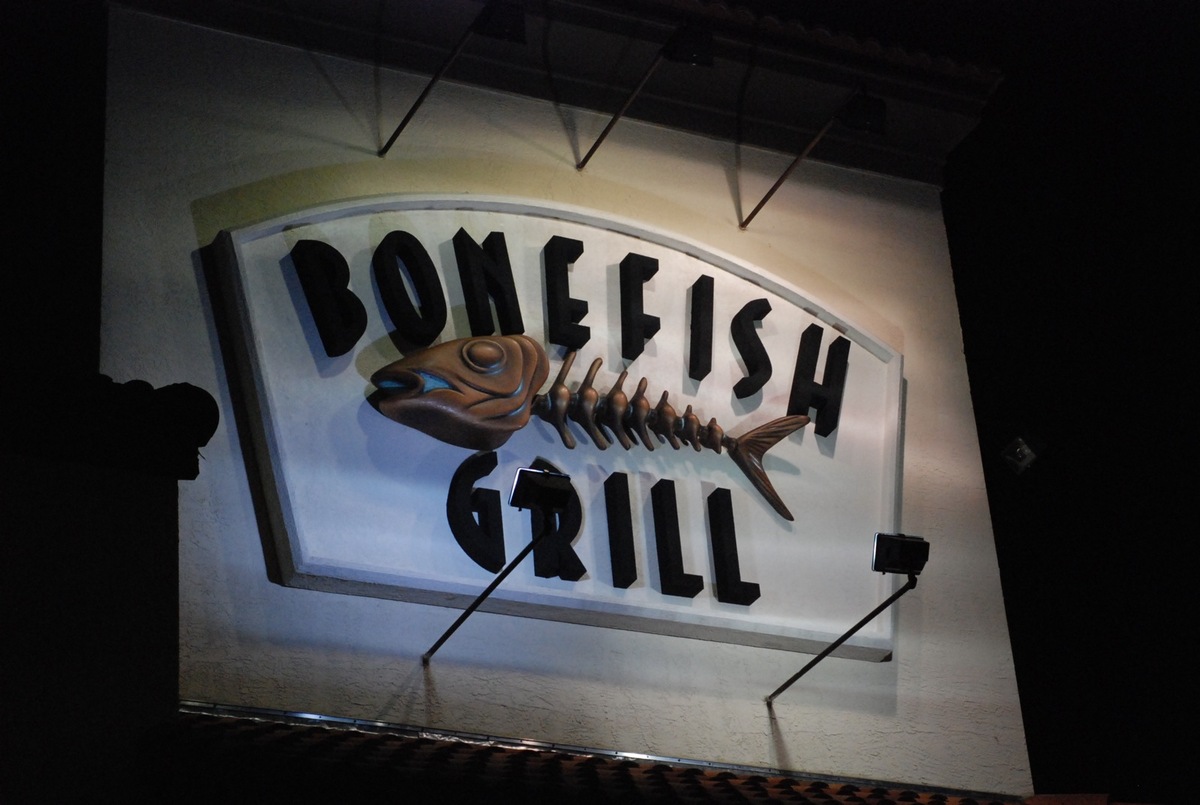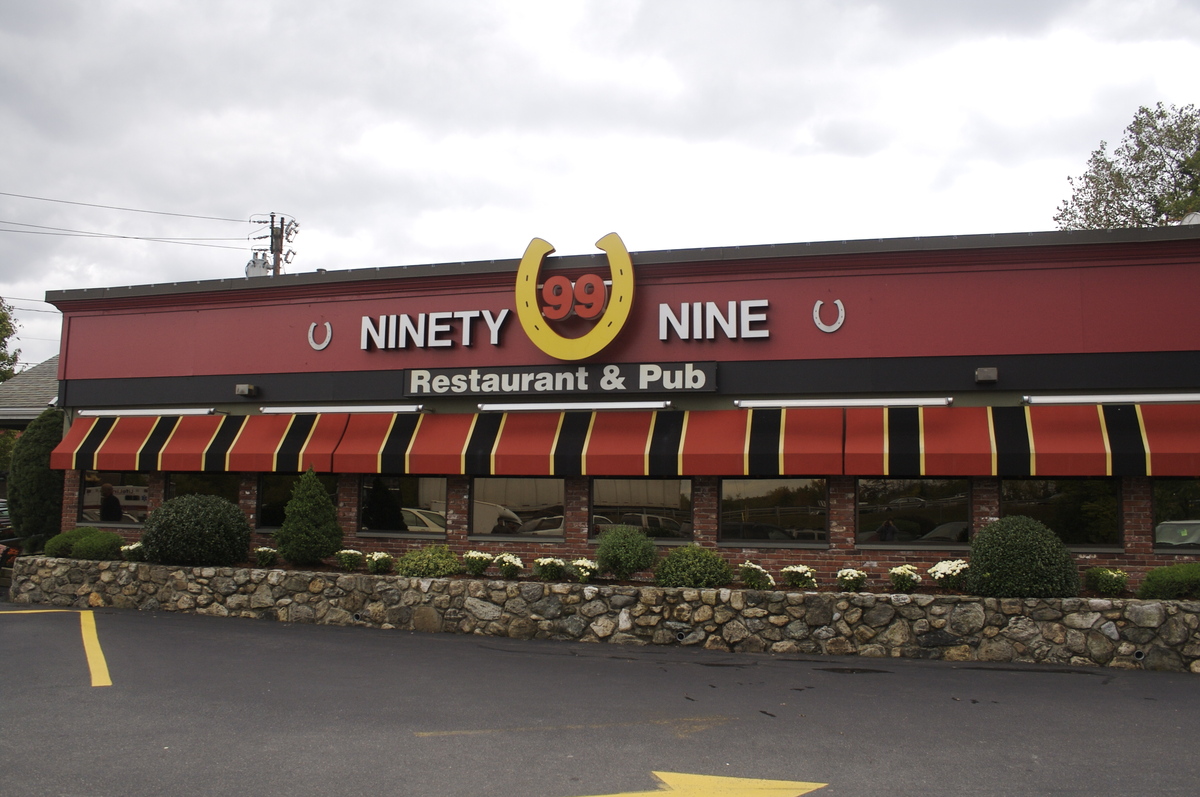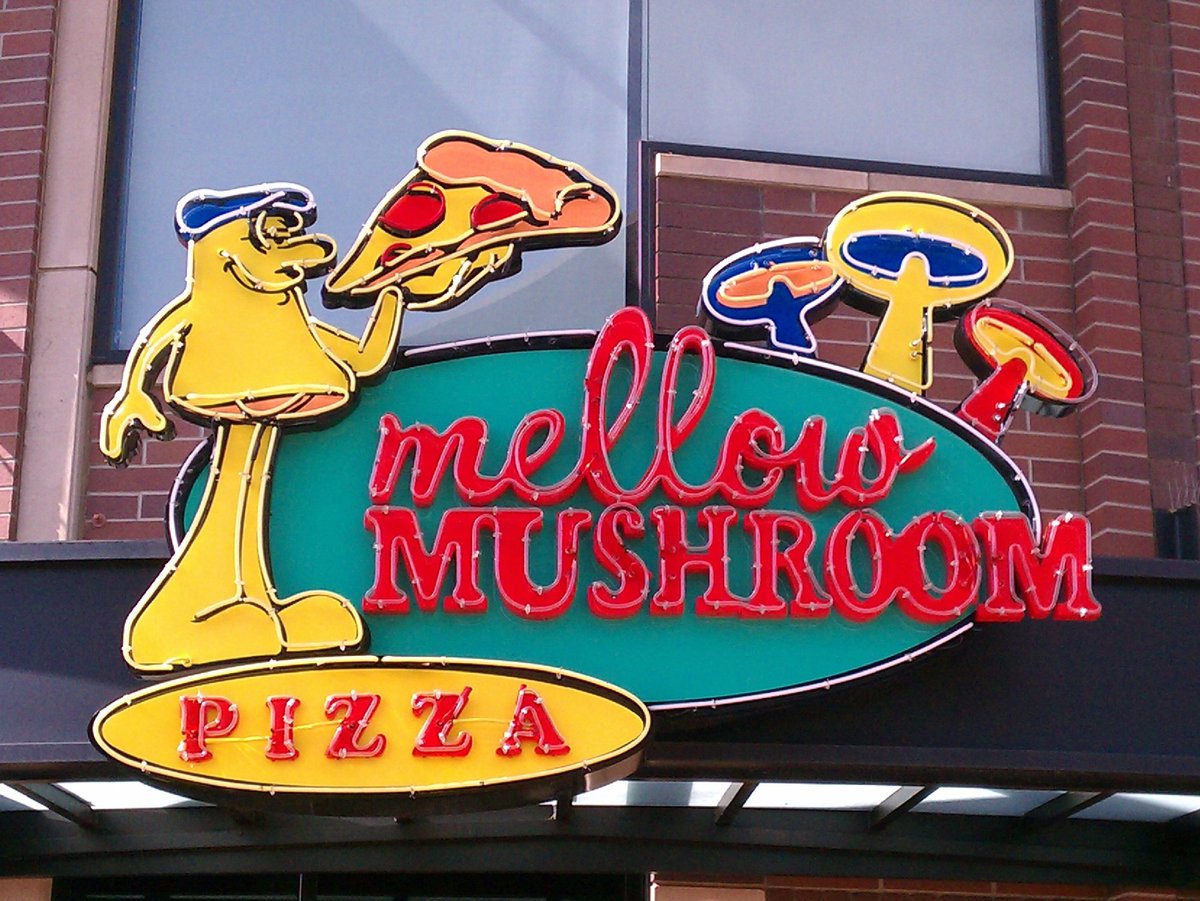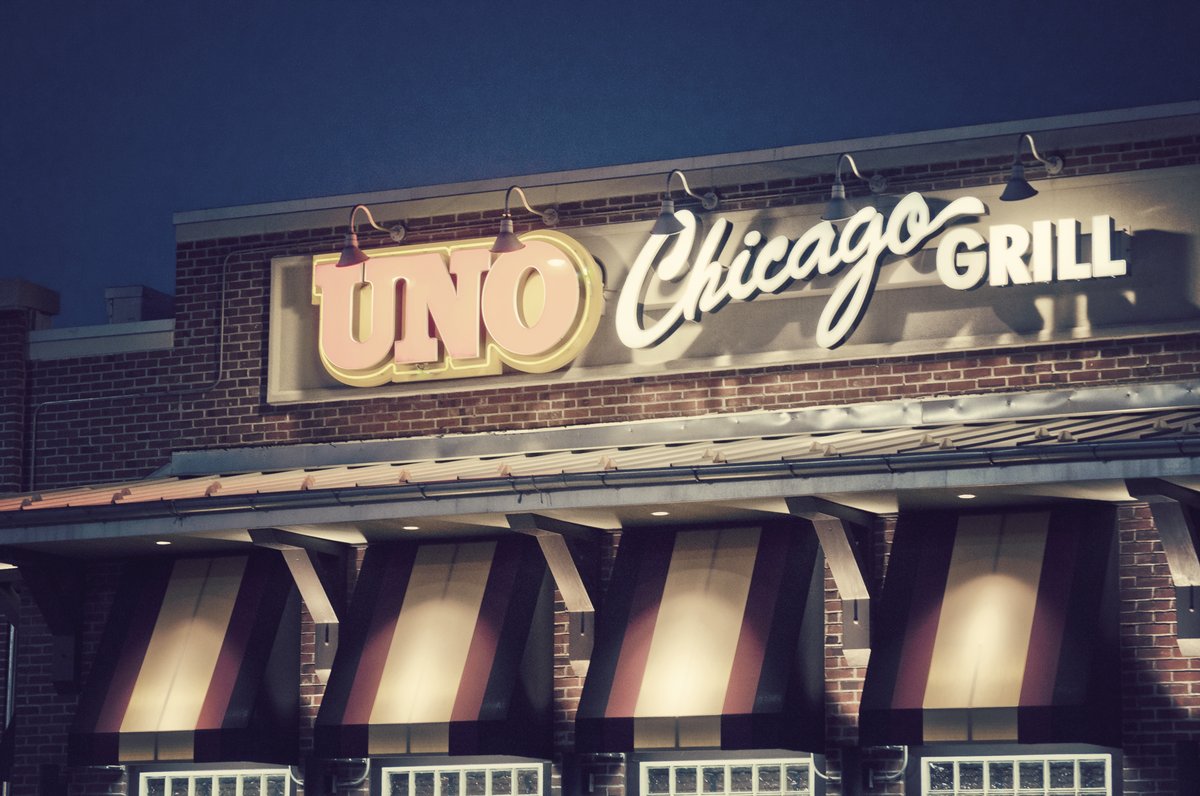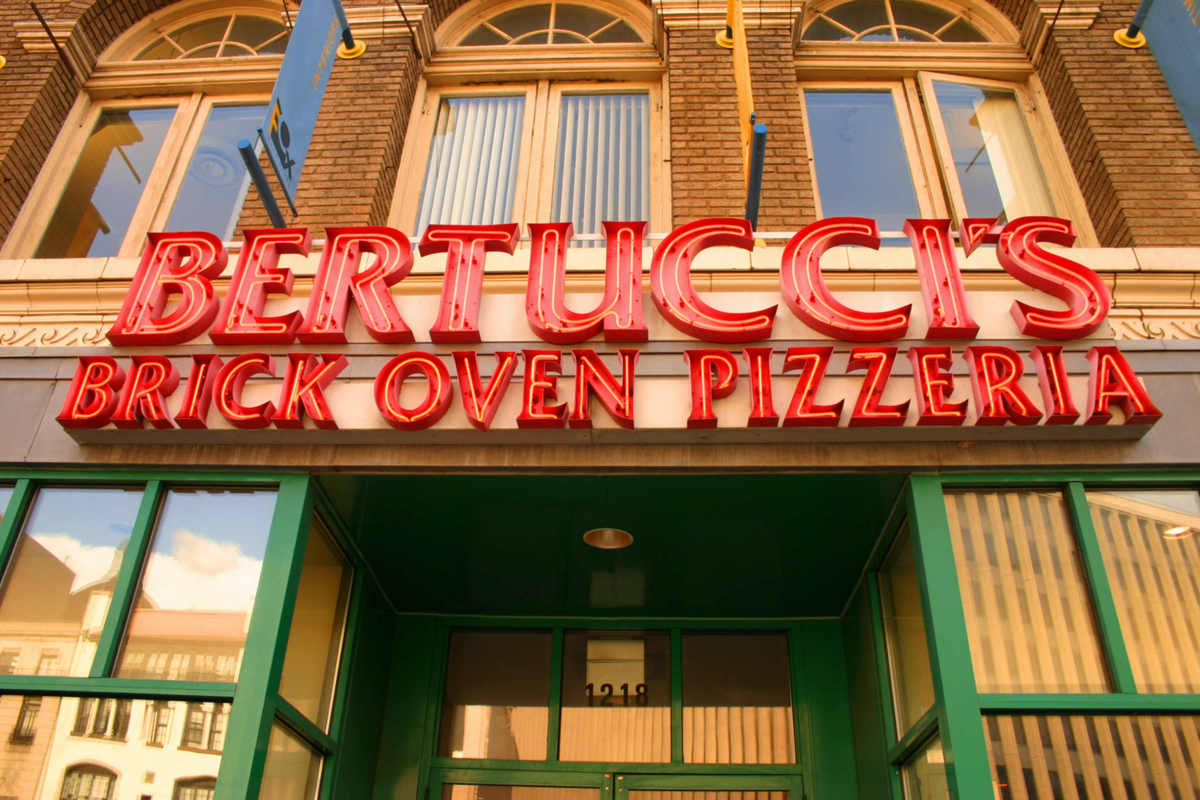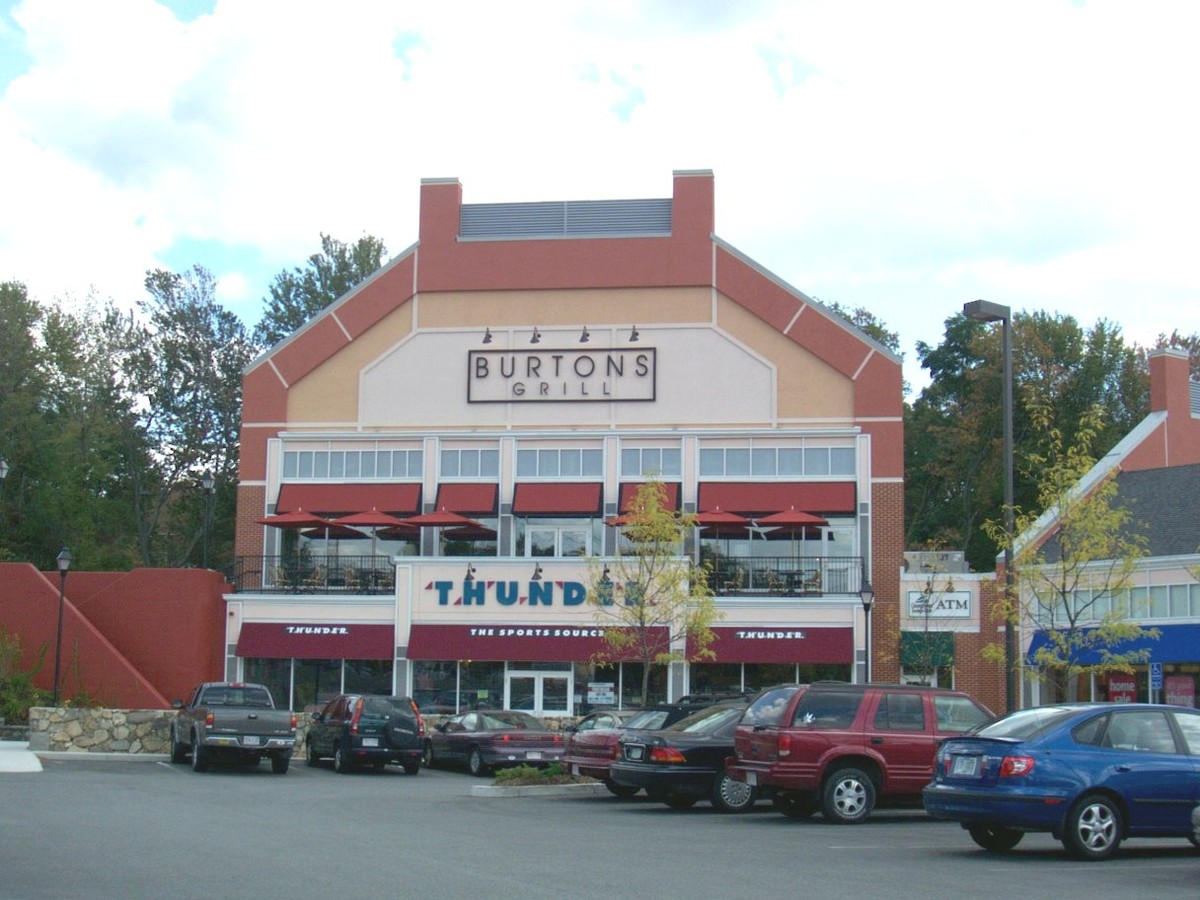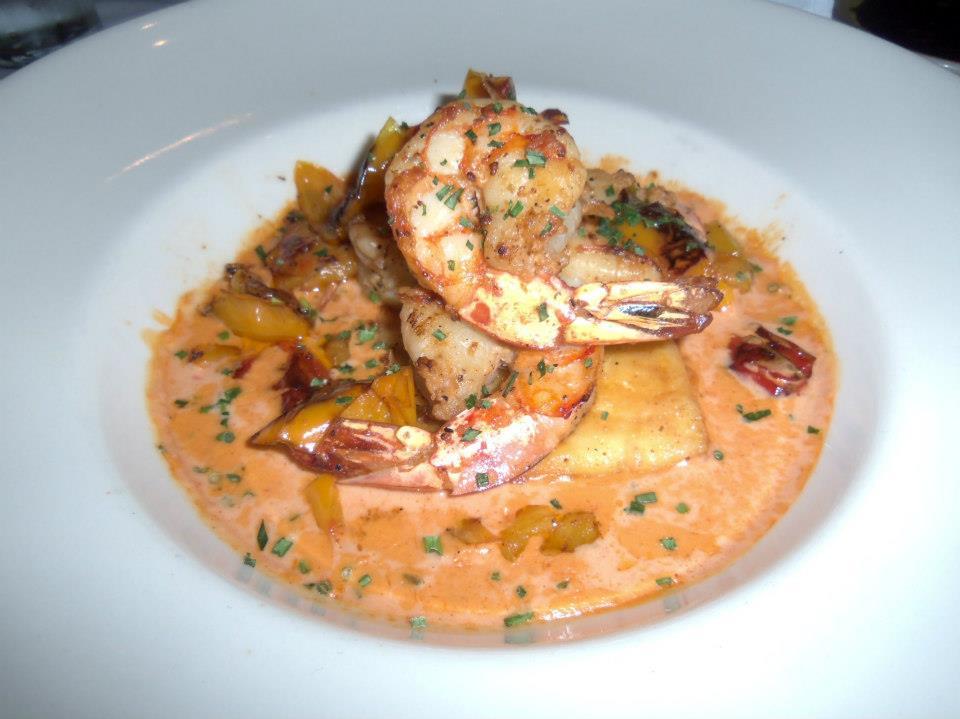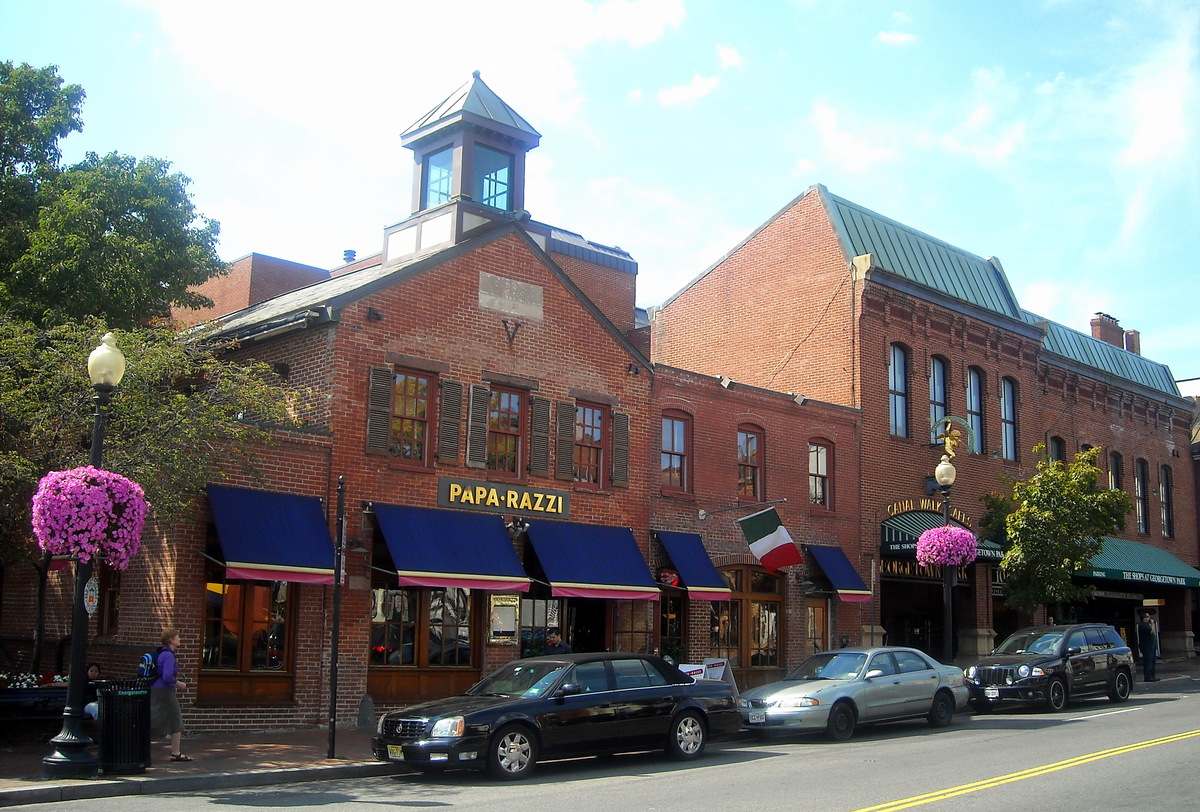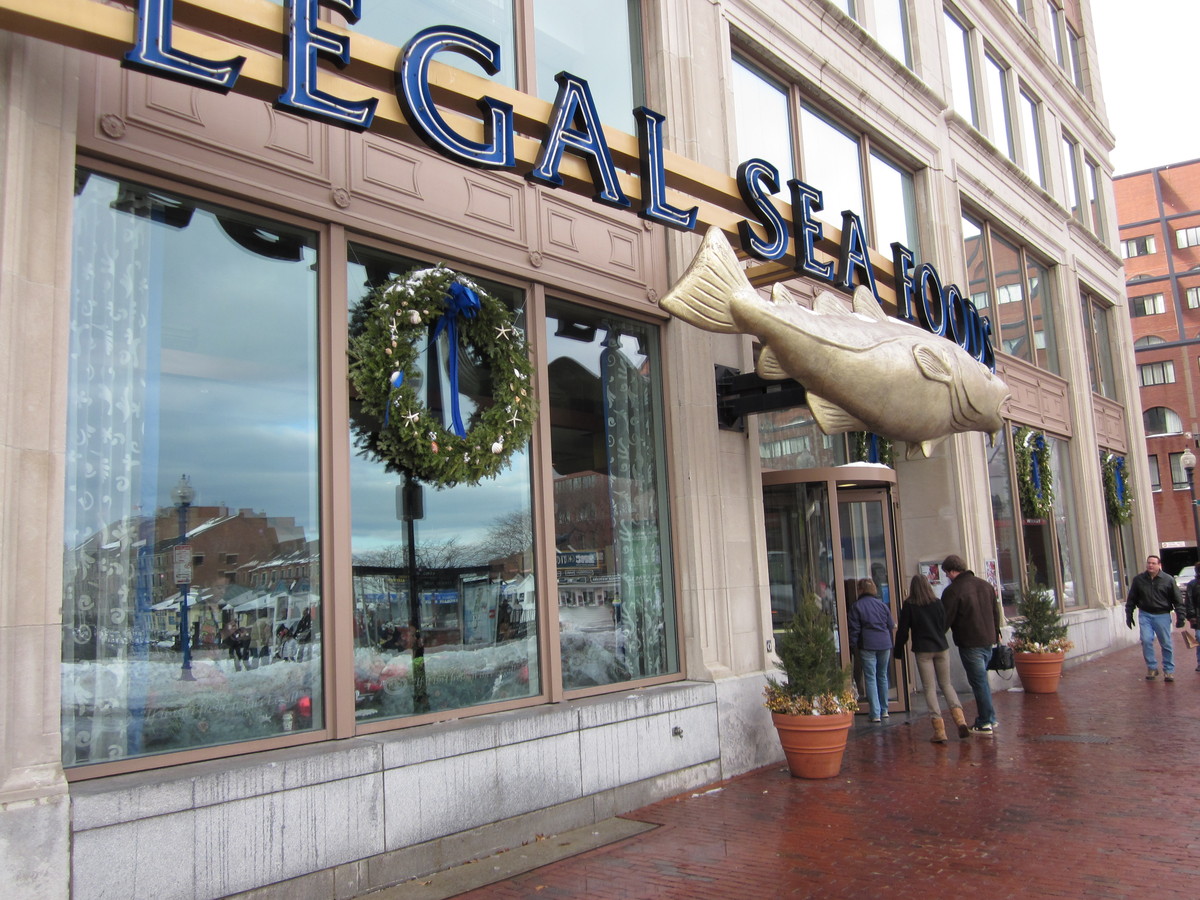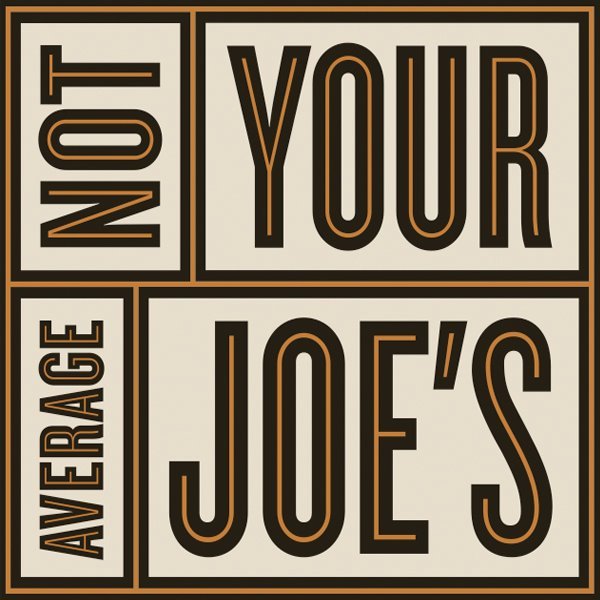 Foods for gluten free diets are absolutely everywhere right now. But should you be eating them? The short answer: some, but not all. Before I get into the best and worst foods for a gluten free diet, let me explain what gluten is, why some people must avoid it and how shifting gears to a processed gluten free diet could be nothing but trouble for you.
Foods for gluten free diets are absolutely everywhere right now. But should you be eating them? The short answer: some, but not all. Before I get into the best and worst foods for a gluten free diet, let me explain what gluten is, why some people must avoid it and how shifting gears to a processed gluten free diet could be nothing but trouble for you.
What is Gluten?
Gluten is simply a protein found in grains including wheat, rye, barley andoats*.
Keep in mind, grain derivatives that contain gluten include: triticale, spelt, semolina (durum), einkorn, bulgur, farina, seitan, cous cous, matzo, beer and soy sauce.
*Technically oats don't contain gluten, however, they're are often affected by cross-contamination with other glutenous crops. If farmers rotate their crops from season to season, growing wheat one year and oats the next, remnants of the wheat may still be in the soil.
Who Should Avoid Gluten?
People with celiac disease need to absolutely avoid gluten. Celiac disease is a condition triggered by glutenous foods that affects the absorption of nutrients in the small intestines. When gluten is eaten by people with celiac disease, their body produces an autoimmune response, essentially attacking itself. This response can be very painful. What's more, as nutrients are not absorbed properly, people with celiac disease can become deprived of essential vitamins and minerals needed to maintain optimal health. It's estimated that 1 in 133 Americans have celiac disease, or about 1% of the population.
Symptoms of celiac disease:
- Skin Rash
- Weight Loss
- Muscle Cramps
- Anemia
- Joint Pain
- Constipation
- Acid Reflux
- Tingling in Hands and Feet
A larger group of people have what's become known as gluten sensitivity, or non-celiac gluten sensitivity, meaning the body reacts to gluten, but not by mounting an autoimmune response. There is no allergy. While not everyone in the medical community is yet convinced that gluten sensitivity exists, it's estimated that between 5 and 6% of the American population has gluten sensitivity.
Symptoms of non-celiac gluten sensitivity:
- Gas or bloating after eating foods containing gluten
- Inflammation or sudden swelling throughout the body
- Fatigue
- Depression
- Eczema or rash-like condition on skin
- Migraines
As similar as these symptoms are to celiac disease, the only true way to determine if you have an allergy to gluten is through a blood test administered by a medical practitioner. If a blood test comes back as negative for celiac disease, you may be sensitive. In either case, completely avoiding foods containing gluten (and there are many) is the only way to eliminate symptoms.
Should You Eat Gluten Free Foods?
Fortunately, many foods that are found in nature are gluten free. It's the processed gluten free breads, cookies and crackers that are nothing but trouble. On the upside, a person with celiac disease can enjoy a convenient gluten free treat, however, these foods are no healthier than any other super sugary food out there. Gluten free breads, cookies and crackers are still breads, cookies and crackers…just without the gluten. They're not a health foods, they're a gluten free food.
So should you eat gluten free foods? If you have celiac disease or a gluten sensitivity, absolutely! If you think you might have a gluten sensitivity, cut out gluten for a couple weeks, then reintroduce it slowly. If you start noticing that you don't feel as good as you did when you were gluten free, it's your body's way of telling you to cut out the gluten.
The Best Foods for a Gluten Free Diet
It should come as no surprise that the best gluten free foods are found in nature. You eat them every day and don't pay extra for the gluten

free price tag. They include:
- Vegetables
- Fruits
- Nuts
- Seeds
- Fresh Meats*
- Most Dairy Products*
- Eggs
- Quinoa
- Buckwheat (does not contain gluten)
- Rice
- Amaranth
- Oats**
- Flours: Almond, Rice, Potato, Taro
*Note: Deli meats, prepared burger patties and meats in prepared sauces often contain gluten. Unless stated on the package, bleu cheese contains gluten from bread mold. Ice cream products often contain derivatives of gluten.
**Oats are technically not a glutenous product. Many oat products are labeled as gluten free. Some people with celiac disease would do best to avoid oats altogether, but some might be able to tolerate them.
The Worst Gluten Free Foods
Again, a processed gluten free food product is still a processed food. Eat these foods as sparingly as you would any other snack food.

They're no more nutritious that anything else.
- Sugary Cereals: There are plenty out there that are gluten free. Look at the amount of sugar. If it's over 10g per serving, put it back.
- Cookies: Cookies are just cookies, even if they're gluten free. The possess no power to help you lose weight or increase energy.
- Savory Snacks: Gluten free snacks, like tortilla chips and corn puffs can still contain a lot of unhealthy additives.
- Breads: Some brands might be ok for a sandwich, but gluten free sandwich bread is not only calorically dense, it often contains very little nutrient value, something people with celiac disease should avoid.
- Dressings: The same rules apply here as they do for dressings containing gluten. Bottled salad dressings usually contain loads of ingredients, including flavor enhancers and stabilizers, that don't help you in any way.
Courtesy of About ChicagoNow
 Nearly four out of every 100 children in the U.S. have a food allergy, according to CDC data from 2007. Avoiding common food allergens, such as peanuts, eggs, tree nuts and fish, for the first few years of life was the prescription for prevention for many years, but in 2008 the American Academy of Pediatrics reversed these guidelines, noting little evidence existed to say the avoidance was preventing food allergies. Newer expert recommendations have even suggested introducing these foods early could play a role in preventing allergies. An idea known as the “dual-allergen exposure hypothesis,” which has to do with when and how children are exposed to allergens, could be a reason why.
Nearly four out of every 100 children in the U.S. have a food allergy, according to CDC data from 2007. Avoiding common food allergens, such as peanuts, eggs, tree nuts and fish, for the first few years of life was the prescription for prevention for many years, but in 2008 the American Academy of Pediatrics reversed these guidelines, noting little evidence existed to say the avoidance was preventing food allergies. Newer expert recommendations have even suggested introducing these foods early could play a role in preventing allergies. An idea known as the “dual-allergen exposure hypothesis,” which has to do with when and how children are exposed to allergens, could be a reason why.

















